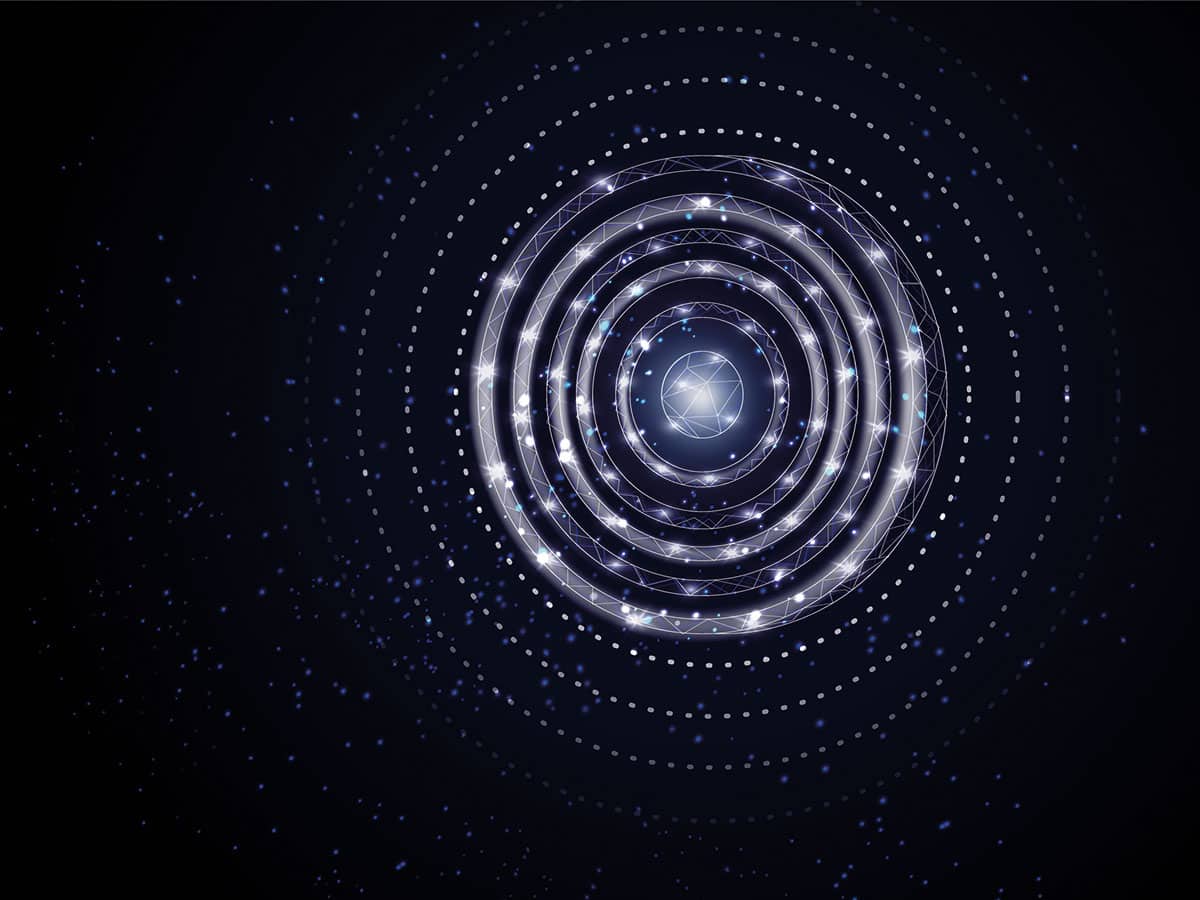In the ever-evolving landscape of scientific discovery, few phenomena captivate the imagination like time crystals. First theorized in 2012 by Nobel laureate Frank Wilczek, these mesmerizing structures represent a groundbreaking departure from our traditional understanding of time, symmetry, and the laws of thermodynamics. Join us on a journey into the enigmatic realm of time crystals, where perpetual motion dances in harmony with the quantum mysteries of the universe.
The Dance of Endless Motion: Defying the Second Law of Thermodynamics
At the heart of time crystals lies a paradoxical dance—a perpetual motion that seemingly contradicts the second law of thermodynamics. This fundamental law suggests that systems tend toward disorder, and perpetual motion machines, capable of sustaining continuous motion without an energy source, were deemed impossible. Time crystals, however, challenge this notion by exhibiting a form of perpetual motion that doesn’t violate the laws of physics.
Quantum Choreography: How Time Crystals Break New Ground
The uniqueness of time crystals lies in their quantum nature. Unlike traditional crystals with repeating spatial patterns, time crystals exhibit a repeating pattern not in space, but in time. This temporal symmetry-breaking defies classical expectations and arises from the entanglement and synchronization of particles within the crystal. Quantum entanglement, a phenomenon where particles become interconnected and influence each other’s states, plays a key role in the bizarre behavior of time crystals.
The Blueprint: How Time Crystals Work
To understand time crystals, envision a chain of ions within a crystal lattice. These ions interact with each other, creating a state of perpetual motion that oscillates between two distinct states. The intriguing aspect is that this motion occurs without the need for external energy—time crystals exist in a dynamic equilibrium, seemingly caught in an eternal dance of their own making.
Laboratory Alchemy: The Creation of Time Crystals
In 2016, researchers led by physicist Christopher Monroe at the University of Maryland achieved a groundbreaking feat by creating the world’s first time crystal in a laboratory setting. Using a chain of ytterbium ions, they manipulated the quantum states of these particles to induce the perpetual motion characteristic of time crystals. This landmark achievement opened the door to further exploration of the bizarre and exciting properties of these quantum structures.
Applications and Speculations: What Lies Beyond the Dance
While time crystals are still in the early stages of exploration, scientists are pondering potential applications. The stability of the oscillating states in time crystals could be harnessed for advancements in quantum computing and precision timekeeping. The potential implications of these quantum marvels extend beyond our current understanding, hinting at a future where the bizarre properties of time crystals may revolutionize technological landscapes.
Conclusion: Unveiling the Mysteries of Time’s Choreography
As scientists continue to unravel the mysteries of time crystals, the journey into the quantum realm promises to reshape our understanding of time, motion, and the very fabric of reality. These perpetual dancers challenge our preconceptions, inviting us to contemplate the fundamental nature of the universe. Whether time crystals find practical applications or remain an enigmatic dance on the edge of understanding, their existence opens doors to a universe where time itself may reveal its deepest secrets in an eternal, rhythmic ballet.

